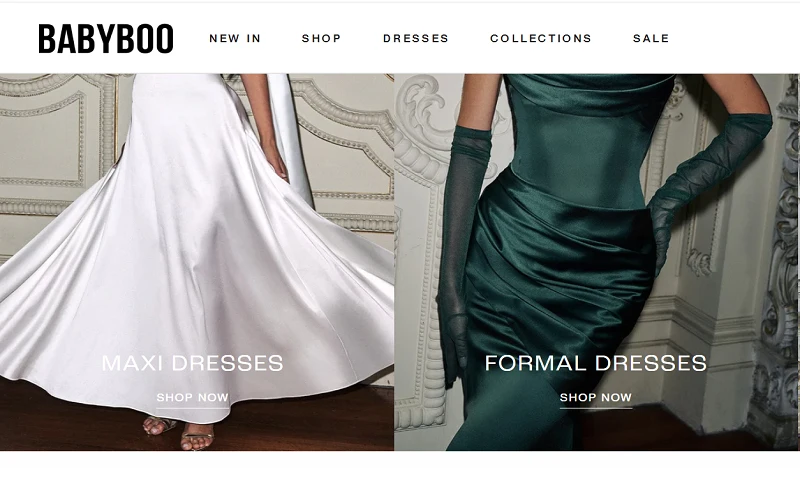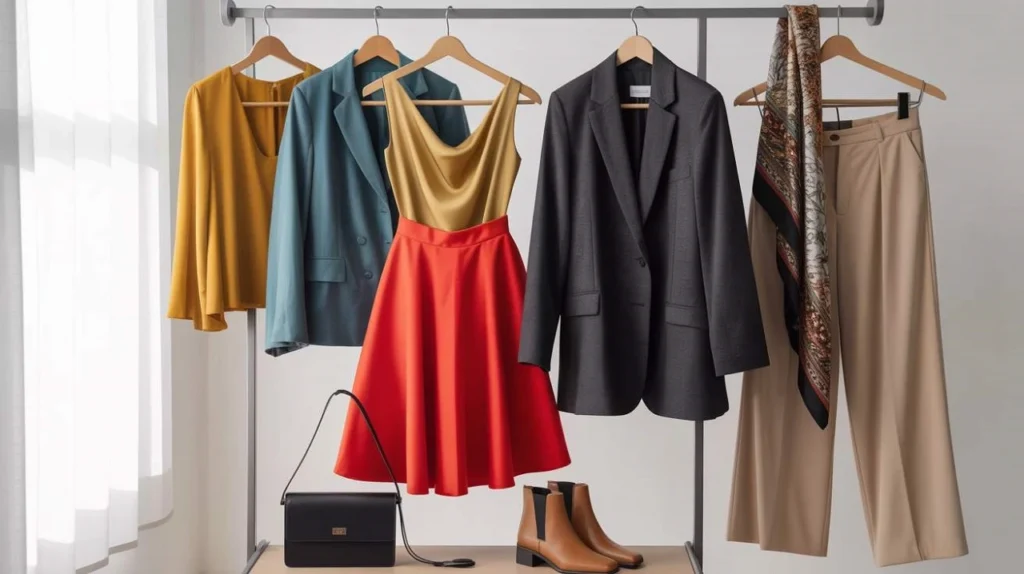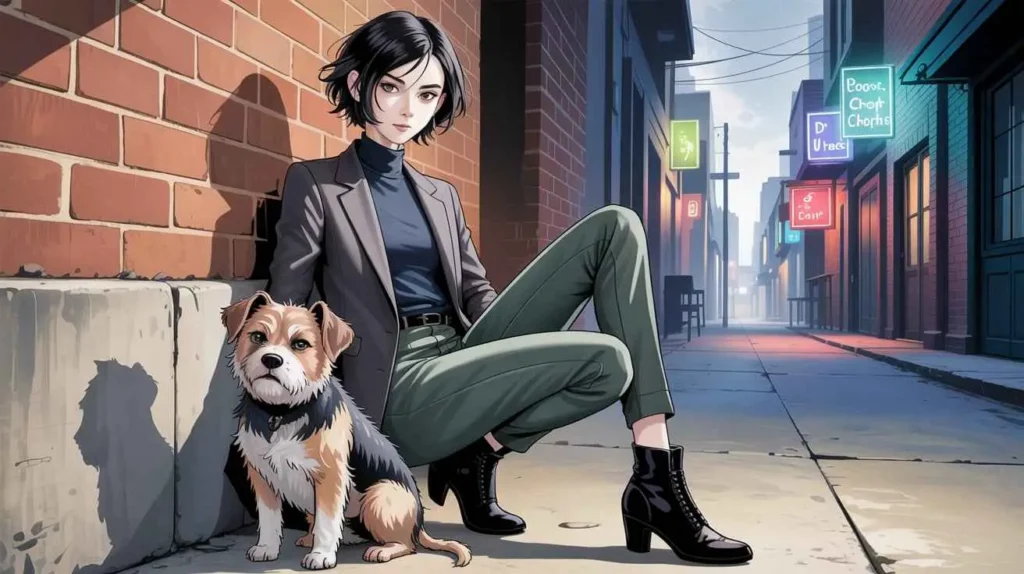Remember when baby clothes meant boring white onesies and plain pastel outfits? Those days are long gone. Babyboo fashion has completely changed how we dress our little ones. Parents everywhere are ditching the bland basics for stylish, Instagram-worthy outfits that make their babies look like tiny fashion icons. This babyboo fashion movement isn’t just about cute photos – it’s about giving our kids the same style attention we give ourselves.
My neighbor Sarah spent $200 on a single baby outfit last month. Crazy? Maybe. But when I saw her eight-month-old rocking that designer romper at the playground, I totally got it. Today’s parents want their babies to look as put-together as they do, and frankly, who can blame them?
Also Read: Babyboo Fashion Review
Why Parents Are Going Crazy for Designer Baby Clothes
Let’s be honest – social media changed everything. When your baby’s outfit gets 500 likes on Instagram, you start thinking differently about those $5 walmart onesies. But there’s more to this trend than just showing off online.
Modern parents see baby clothes as an extension of their family’s style. They’re not just buying clothes; they’re creating a whole aesthetic. Walk through any upscale neighborhood, and you’ll see babies dressed better than most adults I know.
The Psychology Behind Expensive Baby Clothes
Here’s something nobody talks about: buying beautiful clothes for your baby feels good. Really good. When you’re sleep-deprived and covered in spit-up, dressing your little one in something gorgeous gives you a tiny moment of joy.
“I know my son will outgrow this $60 sweater in two months, but seeing him wear it makes me smile every single day,” says Jessica, mom of two from Portland.
Current Babyboo Fashion Trends That Actually Matter
Forget what the fashion magazines tell you. Real parents care about trends that work in real life. Here’s what’s actually happening in baby fashion right now.
The “Expensive But Practical” Movement
Smart parents invest in pieces that look amazing but also survive daily life. Think organic cotton that gets softer with each wash, not delicate fabrics that fall apart after one blowout.
What’s Actually Trending:
- Neutral colors that hide stains (genius!)
- Snap closures everywhere (no more fighting with tiny buttons)
- Stretchy waistbands that grow with baby
- Reversible pieces that give you two looks for one price
Gender-Free Fashion Is Taking Over
More parents choose clothes that work for any kid. This isn’t about making a political statement – it’s about practicality. When clothes work for boys and girls, hand-me-downs become way more useful.
Popular unisex choices include:
- Earth tone color palettes
- Animal and nature prints
- Simple geometric patterns
- Classic denim and striped pieces
Building Your Baby’s Wardrobe Without Going Broke
Let me share some hard-earned wisdom: you don’t need 47 different outfits for a three-month-old. Trust me, I learned this the expensive way with my first kid.
The Smart Parent’s Shopping Strategy
| Must-Have Items | How Many You Actually Need | Why These Numbers Work |
|---|---|---|
| Basic onesies | 10-12 | Babies live in these |
| Sleep outfits | 6-8 | Night changes happen |
| Day outfits | 4-6 | Mix and match is key |
| Special occasion | 2-3 | Less is definitely more |
| Outerwear | 2 | Season appropriate |
Babyboo Fashion Shopping Mistakes to Avoid
- Buying too many newborn sizes – Most babies outgrow these in weeks, not months
- Falling for “dry clean only” baby clothes – Just don’t do this to yourself
- Ignoring the return policy – Babies grow unpredictably
- Shopping when emotional – That post-birth hormone rush makes everything look cute
The Brands Parents Actually Recommend
Skip the celebrity-endorsed lines that cost more than your car payment. These brands offer real value for real families.
Budget-Friendly Winners
- Target’s Cat & Jack line – Cute designs, reasonable prices, great return policy
- Old Navy baby – Sales happen constantly, basics that actually last
- Carter’s – Classic for a reason, frequent promotions
Worth the Splurge
- Primary – Amazing quality, perfect fit, colors that stay bright
- Monica + Andy – Organic everything, incredibly soft, minimal designs
- Hanna Andersson – Swedish quality, lasts through multiple kids
Luxury That’s Actually Worth It
Sometimes expensive really is better. These brands cost more but deliver quality that justifies the price:
- Organic materials that get better with washing
- Construction that survives multiple children
- Resale value that recovers some of your investment
Seasonal Babyboo Fashion Reality Check
Baby fashion magazines make it look like you need completely different wardrobes for each season. Here’s the truth: babies mostly wear the same stuff year-round with layers added or removed.
Summer Essentials That Work
- Light cotton onesies – The foundation of every summer outfit
- Sun hats that stay on – Look for chin straps or stretchy bands
- Breathable shorts and rompers – Avoid synthetic materials in heat
- Swim gear that actually protects – UPF clothing beats sunscreen on sensitive skin
Winter Must-Haves
- Layering pieces – Think cardigans and light sweaters
- Footie pajamas in fleece – Warm without being too bulky
- A really good winter coat – Spend money here; it matters
- Hats and mittens that don’t fall off – String attachments are your friend
The Care and Feeding of Expensive Baby Clothes
You bought that $40 organic cotton romper. Now what? Proper care makes expensive clothes last longer and look better.
Washing Wisdom
Pre-treat everything immediately. Seriously, the second that blowout happens, rinse it in cold water. Hot water sets protein stains permanently.
Separate baby clothes from adult laundry. Baby skin is sensitive, and adult detergents can cause reactions. Plus, babies generate way more stains than grown-ups.
Air dry when possible. The dryer is where good clothes go to die. Hang dry special pieces to keep them looking new longer.
Stain Removal That Actually Works
- Spit-up: Cold water rinse, then wash normally
- Food stains: Pre-treat with dish soap (it cuts grease)
- Diaper disasters: Rinse, soak in cold water, then wash with enzyme detergent
- Grass stains: Rub with white vinegar before washing
When Designer Baby Clothes Make Sense (And When They Don’t)
Not every piece needs to be designer. Here’s how to spend smart:
Splurge On:
- Sleep clothes – Baby spends most of their time sleeping
- Everyday basics – These get the most wear
- Outerwear – Quality matters for warmth and durability
- Shoes for walking babies – Proper support becomes important
Save On:
- Special occasion outfits – Worn once, then outgrown
- Summer clothes – Less fabric means less to go wrong
- Accessories – Babies lose hats and socks constantly
- Trend pieces – They’ll be out of style before baby outgrows them
The Environmental Side of Baby Fashion
Here’s something nobody talks about: babies generate a ridiculous amount of clothing waste. The average baby outgrows seven sizes in their first year. That’s a lot of barely-worn clothes heading to landfills.
Sustainable Babyboo Fashion Choices
Buy quality over quantity. One well-made piece that lasts beats five cheap ones that fall apart.
Consider clothing swaps. Other parents in your area probably have closets full of outgrown designer baby clothes. Trade instead of buying new.
Choose classic styles over trends. That dinosaur-print onesie might be cute now, but will you want it in family photos five years from now?
Making Peace with the Cost
Let’s address the elephant in the room: baby clothes are expensive, especially the cute ones. But here’s how to think about it differently.
Cost Per Wear Analysis
That $30 organic cotton sleeper your baby wears three times a week for three months? That’s about 30 cents per wear. Compare that to your $100 jeans that you wear twice a month.
The Hand-Me-Down Factor
Quality baby clothes have serious resale value. Check Facebook Marketplace – good brands sell for 50-70% of retail price. Buy smart, take care of the clothes, and recover most of your investment.
“I bought my daughter a $80 winter coat. She wore it for six months, then I sold it for $45. Basically rented a beautiful coat for $35,” explains Maria, mom of three.
Accessories: The Secret to Looking Expensive on a Budget
Want to know how those Instagram moms make Target clothes look designer? Accessories. The right hat, shoes, or headband transforms a basic outfit into something special.
High-Impact, Low-Cost Accessories
- Good shoes – Even basic outfits look better with cute shoes
- Hats – Sun protection plus instant style upgrade
- Hair accessories – Headbands and bows add polish
- Layering pieces – Cardigans make everything look more put-together
Conclusion
Babyboo fashion doesn’t have to break your budget or stress you out. The key is knowing when to splurge and when to save. Buy quality basics that get lots of wear, add personality with affordable accessories, and remember that your baby will be adorable no matter what they wear.
The most important thing? Choose clothes that make you happy. If that $50 romper brings you joy every time you see your little one wearing it, it’s worth every penny. Life with a baby is hard enough – you deserve to enjoy the fun parts, including dressing them up like the tiny fashion icon they are.
Frequently Asked Questions
Q1: How do I know if expensive baby clothes are actually better quality? A: Check fabric content, seam construction, and parent reviews. Quality materials get softer with washing, not rougher.
Q2: Should I buy clothes in bigger sizes to get more wear? A: Buy mostly current size with a few pieces one size up. Oversized clothes look sloppy and can be unsafe.
Q3: What’s the deal with organic baby clothes – are they really necessary? A: Organic helps with sensitive skin but isn’t necessary for all babies. Regular cotton from good brands works fine too.
Q4: How can I make expensive baby clothes last longer? A: Wash in cold water, air dry, treat stains immediately, and rotate outfits. Take photos in special pieces then store them.
Q5: When is it worth buying designer baby clothes? A: Buy designer for everyday basics and special occasions. Skip designer for trend pieces that won’t get much wear.



